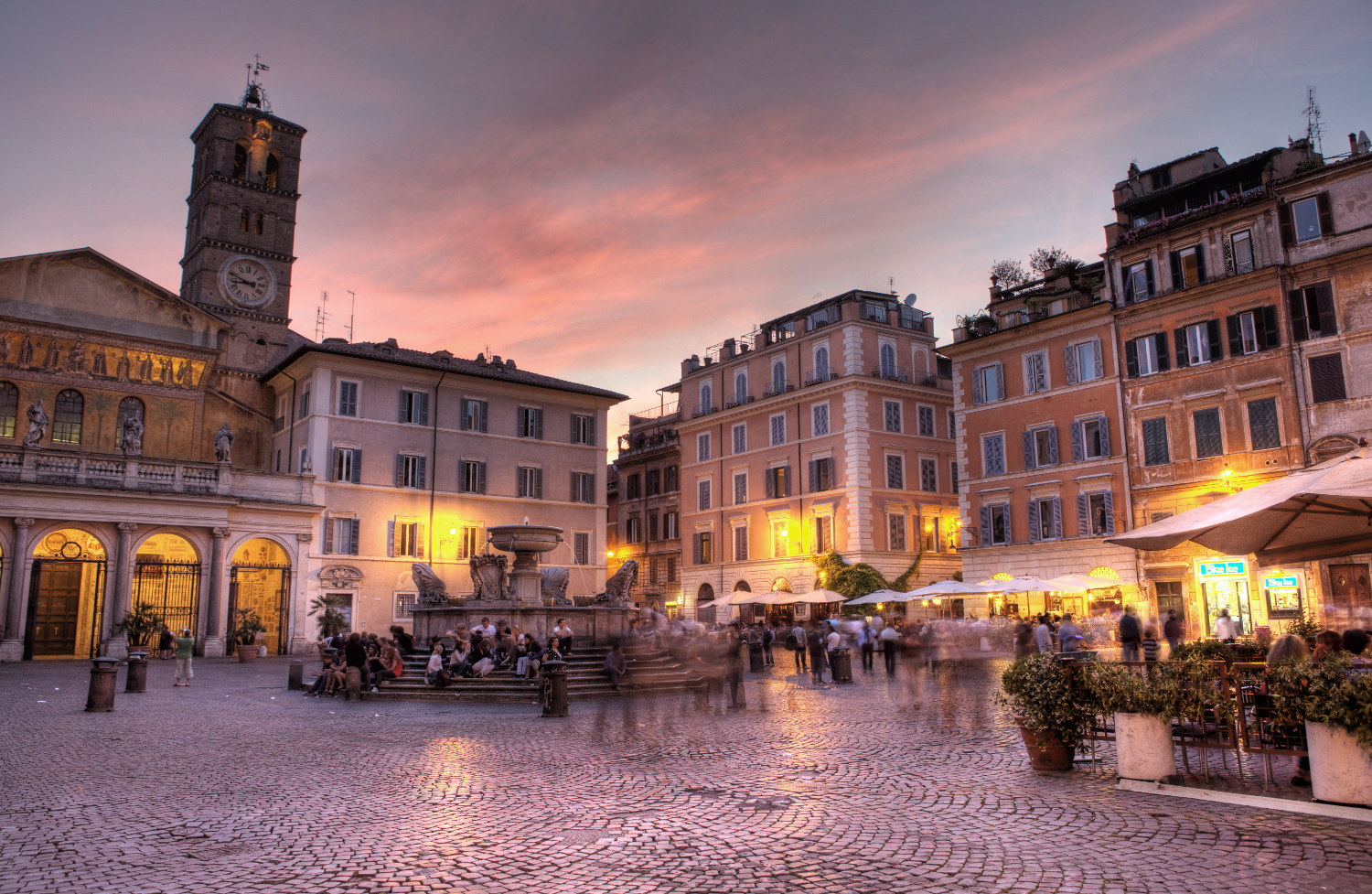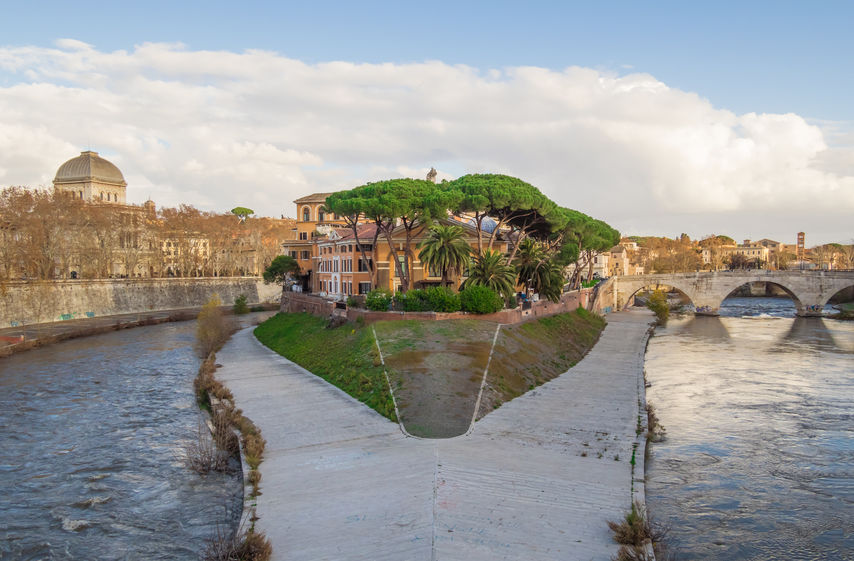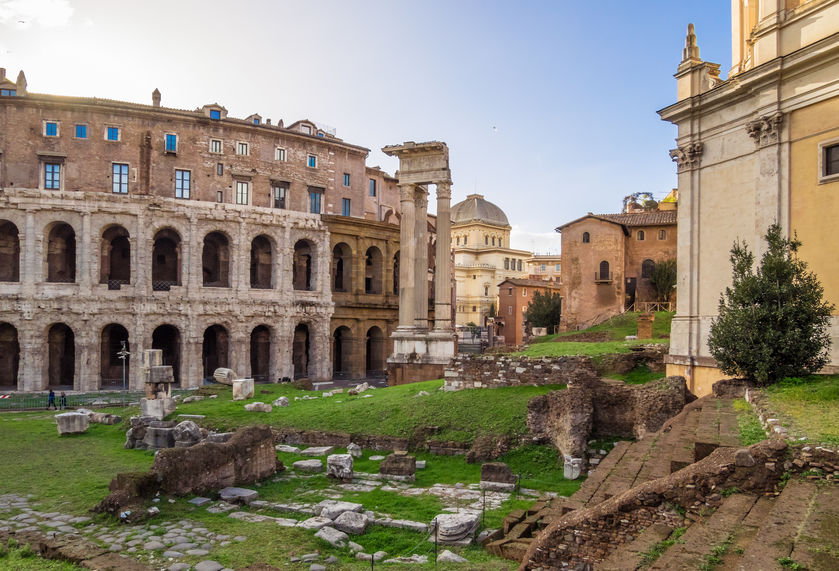
TYPICAL PLACES




Trastevere
How to reach Trastevere from Roman Nights: from Via Nazionale take the bus “H” and get off at Viale Trastevere immediately after crossing the bridge.
Discovery the beauty of Rome crossing its alleys, exploring its precious corners, tasting the typical roman cooking through its famous dishes, diving into its culture: Trastevere is one of the most traditional districts: it’s so called because it is on the opposite side of Tibur compared to the old town.
A walk through its tiny streets made by “sanpietrini” and typical alleys leads us to some hidden treasures, as the medieval churches and the tiny boutiques offering antiques, or some beautiful scenarios of roman daily life that lead us to other eras.
Trastevere is one of the best areas where you can eat in Rome and it really is nice walking in its streets, in particular when dark comes down and it is dinner time! Trastevere is filled with traditional diners as well as modern and innovative clubs.

The Ghetto
How to reach the Ghetto from Roman Nights: from via Nazionale take the bus n. 170 and get off at Teatro Marcello/Ara Coeli.
The Ghetto of Rome, established in 1555, is a tiny pearl, hidden between Tiber river and Piazza Venezia and is one of the most beautiful hidden treasures in the whole city. This district, with its unique treasures, gives you a cultural and religious experience. You may visit the Sinagogue, the Portico d’Ottavia and Teatro Marcello, and then choose one of the various typical tiny restaurants all around the district.
The Sinagogue, built in 1904, is one the most beloved buildings in the Roman Ghetto. The original (and kept) design wanted the temple to be visible from every panoramic point in the city. That’s why the Sinagogue is the symbolic icon of the Ghetto di Roma.
The Portico d’Ottavia was built in the 2nd century b.C. and is one of the momuments with greatest interest. During the Middle age, a big fish market took place over the porch ruines, together with a church. We warmly suggest you a walk through these ruins.
You may easily move from the Portico d’Ottavia directly to the Teatro Marcello, the “tiny Coliseum”, with a smaller extent and different structure (semi-circular).
Last but not the least please do not miss a walk to the close isola Tiberina, the smallest inhabited isle in the world.
Another good reason to visit the ghetto is good food. Among jewish-roman restaurants and Kosher bakeries you will have hard choices. A very fundamental ingredient for kosher cooking is fish, cooked in various styles. You may order a great fish broth, some gorgeous cod, or some delicious stuffed fish. But you MUST not forget to try the worls famous carciofi alla giudia, deeply fried artichokes.

Appia Antica & Parco Acquedotti
How to reach Via Appia Antica from Roman Nights: from via Nazionale to Piazza Venezia (10 mins walking or with bus n. 170) then take the bus 118 and get off at “Appia Antica/Travicella”.
The Appia Antica, also known as “Regina Viarum” (i.e. the queen of all streets) was built in 312 B.C. Either walking or on a bike, the Appia Antica allows a plain air in green immersion, discovering important funeral monuments, villas e catacombs.
After the setting of Mura Aureliane, the entrance to the city was through Porta Appia, today called Porta S. Sebastiano. From Porta S. Sebastiano , the Regional Park of Appia Antica goes for 3500 hectares, including the first 11 miles of Regina Viarum e il parco degli acquedotti. In the Parco degli acquedotti, counting the whole area, there are seven aqueducts, and a number of other ancient biuldings, as the villa delle Vignacce and the casale di Roma Vecchia.
There are also, at 110/126 the Catacombe di San Callisto, the most ancient cemetery core, and the best kept, located in Via Appia, and Catacombe di San Sebastiano.
On the Parco Regionale dell’Appia antica official website, the experts suggest a number of available itineraries, to be chosen according desires.









